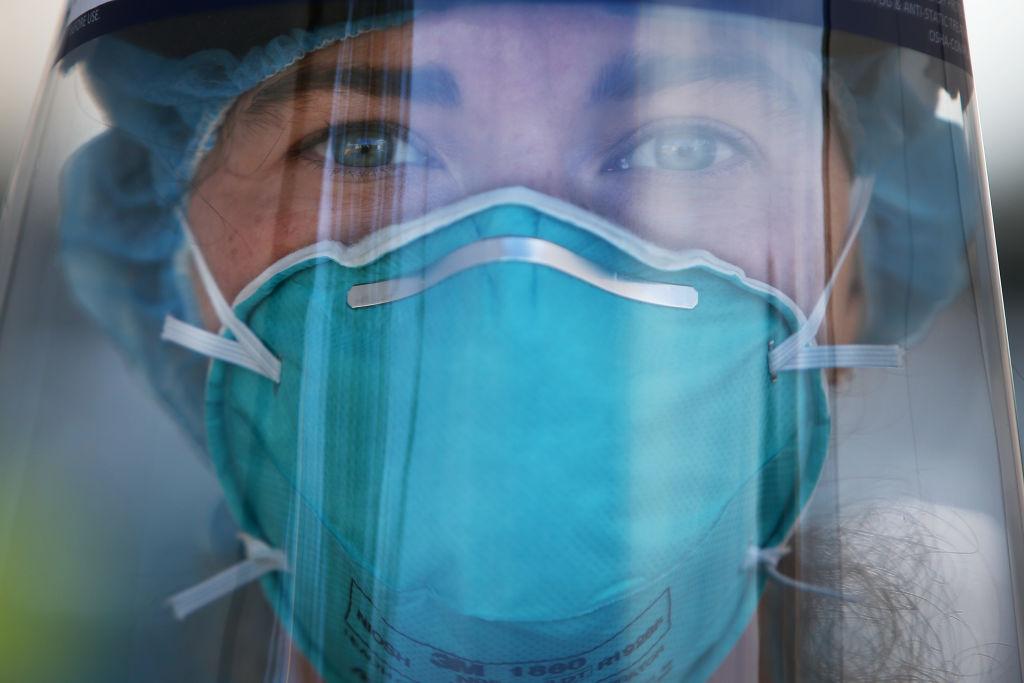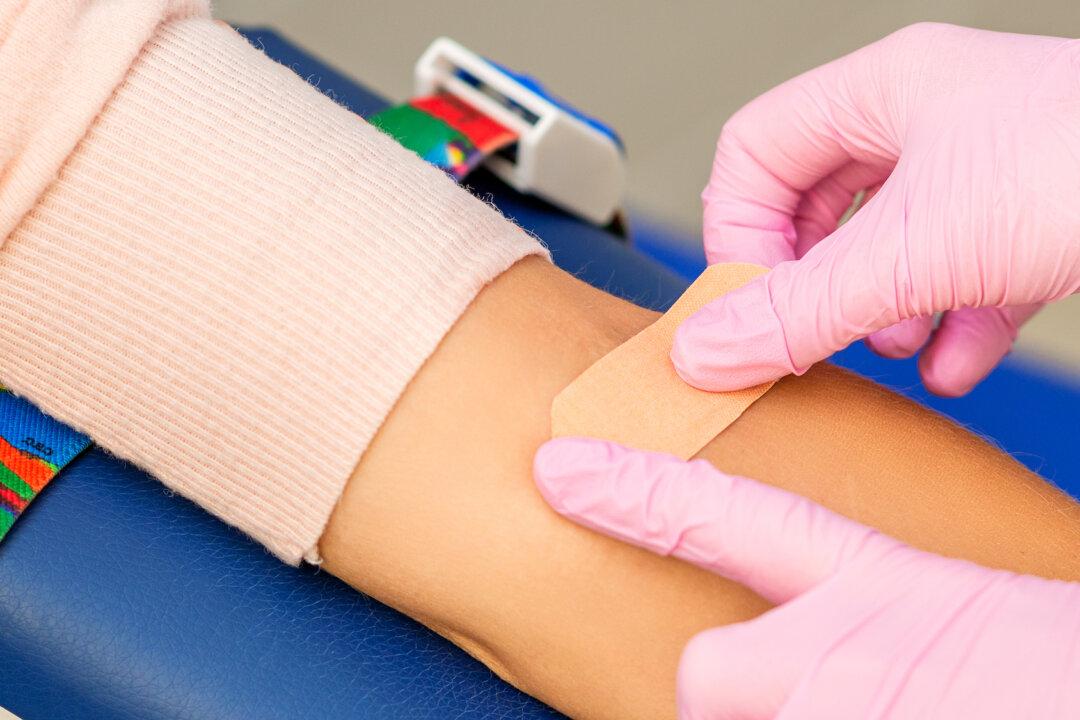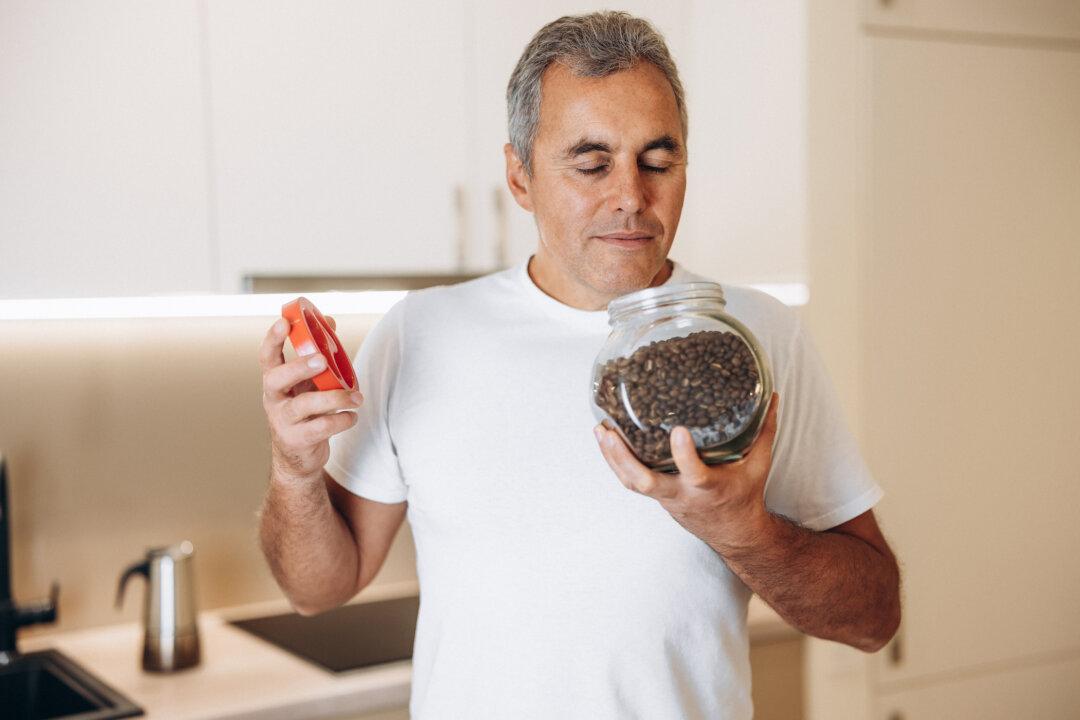COVID exacted a huge toll on the well-being of health care workers, a new survey shows.
Already struggling with high levels of emotional exhaustion going into the pandemic, the problem grew even worse after two years of managing the crisis. Nurses have been especially hard hit.





